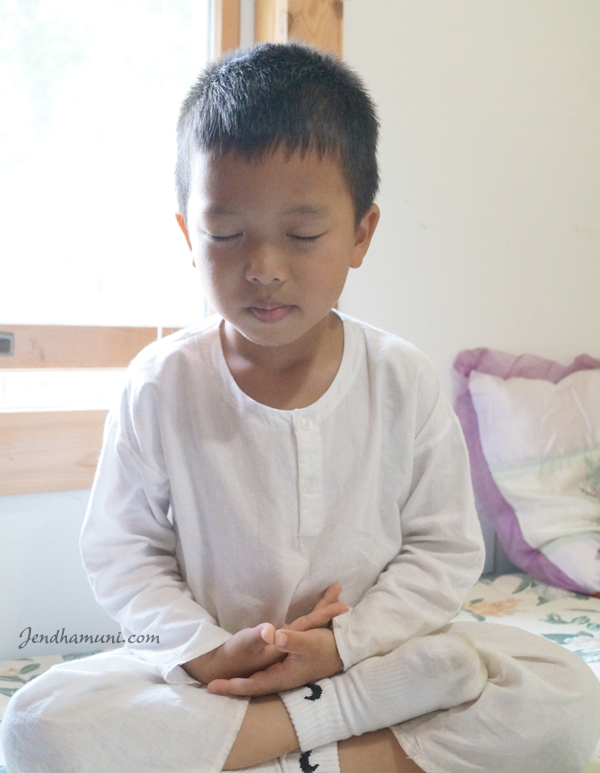In the Shape of a Circle

by Venerable Ajahn Chah
When it comes to the Dhamma, we have to understand that our opinions are one thing; the Dhamma is something else.
As for the practice, start out by establishing your powers of endurance and then contemplate. Contemplate your activities, your comings and goings. Contemplate what you’re up to. Whatever arises, the Buddha has us know all around. Whatever direction things come in from, he has us know all around. If we know all around, whatever comes at us from this way, we see it. Whatever comes at us from that way, we see it. Right we know. Wrong we know. Happy we know. Glad we know. We know all around.
But our minds, when they contemplate, aren’t yet all around. We know just this side but leave that side wide open. It’s like putting a fence around a field or a house but it doesn’t go all around. If we put it up just on this side, thieves will come in that side, the side that the fence hasn’t gone around. Why is that? We haven’t closed the gate. Our fence isn’t yet good. It’s normal that they’ll have to come through that opening. So we contemplate again, adding more fence, closing things off, continually.
Putting up a fence means establishing mindfulness and always being alert. If we do this, the Dhamma won’t go anywhere else. It’ll come right here. Good and bad, the Dhamma we should see and should know, will arise right here.
As for whatever we don’t need to know, we let it go for the time being. We don’t waste our time with the logs we aren’t yet strong enough to lift. Wait until we have a tractor or a ten-wheel truck before trying to move them. Focus for the time being just on the things you can lift. Keep at it, using your powers of endurance, bit by bit.
If you stick with this steadily, your happy moods and sad moods, your desirable moods and undesirable moods, will all come in right there. That’s when you get to watch them.
Your moods and preoccupations are one thing; the mind is something else. They’re two different kinds of things. Usually when a mood hits, one that we like, we go running after it. If it’s one we don’t like, we turn our backs on it. When this is the case, we don’t see our own mind. We just keep running after our moods. The mood is the mood; the mind is the mind. You have to separate them out to see what the mind is like, what the mood is like. Continue reading








